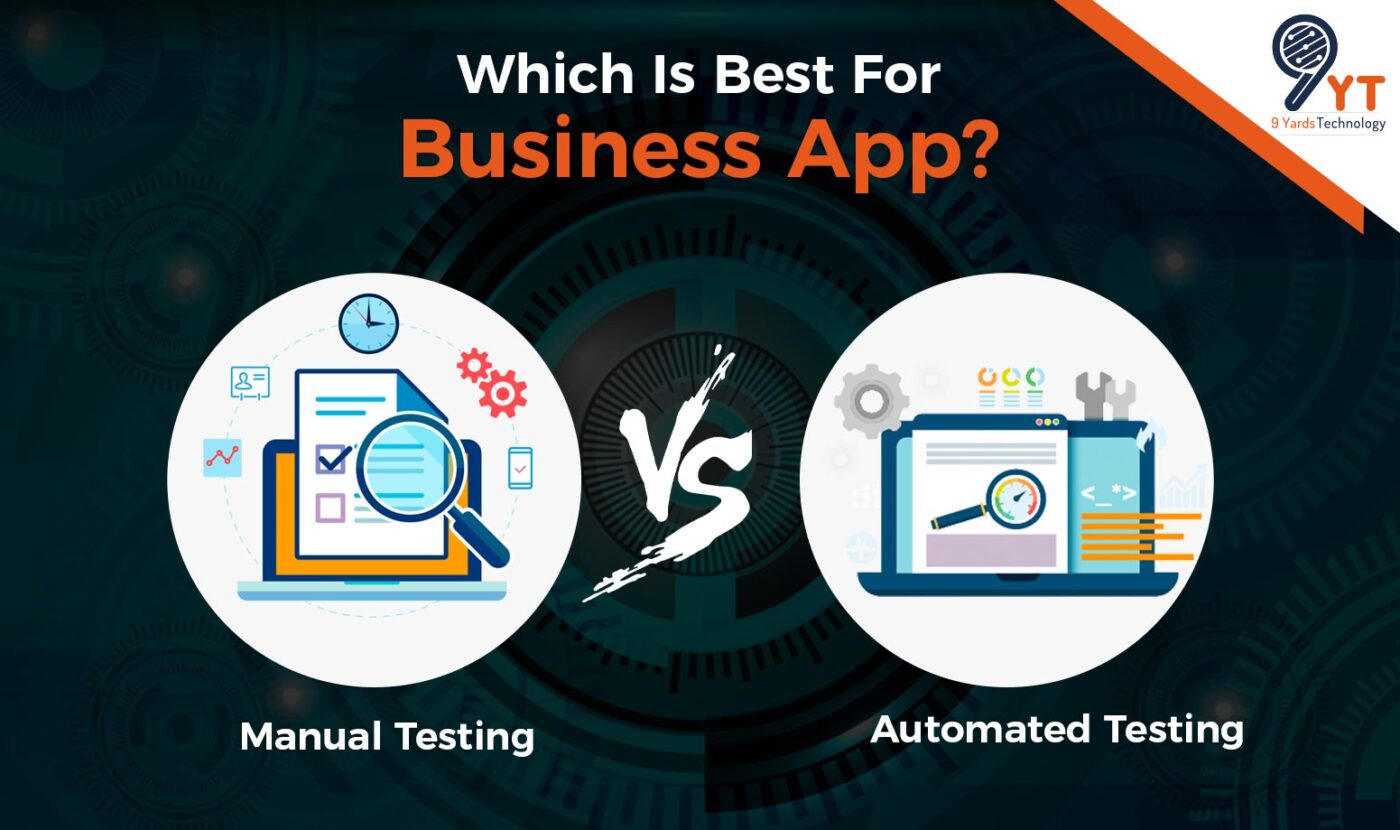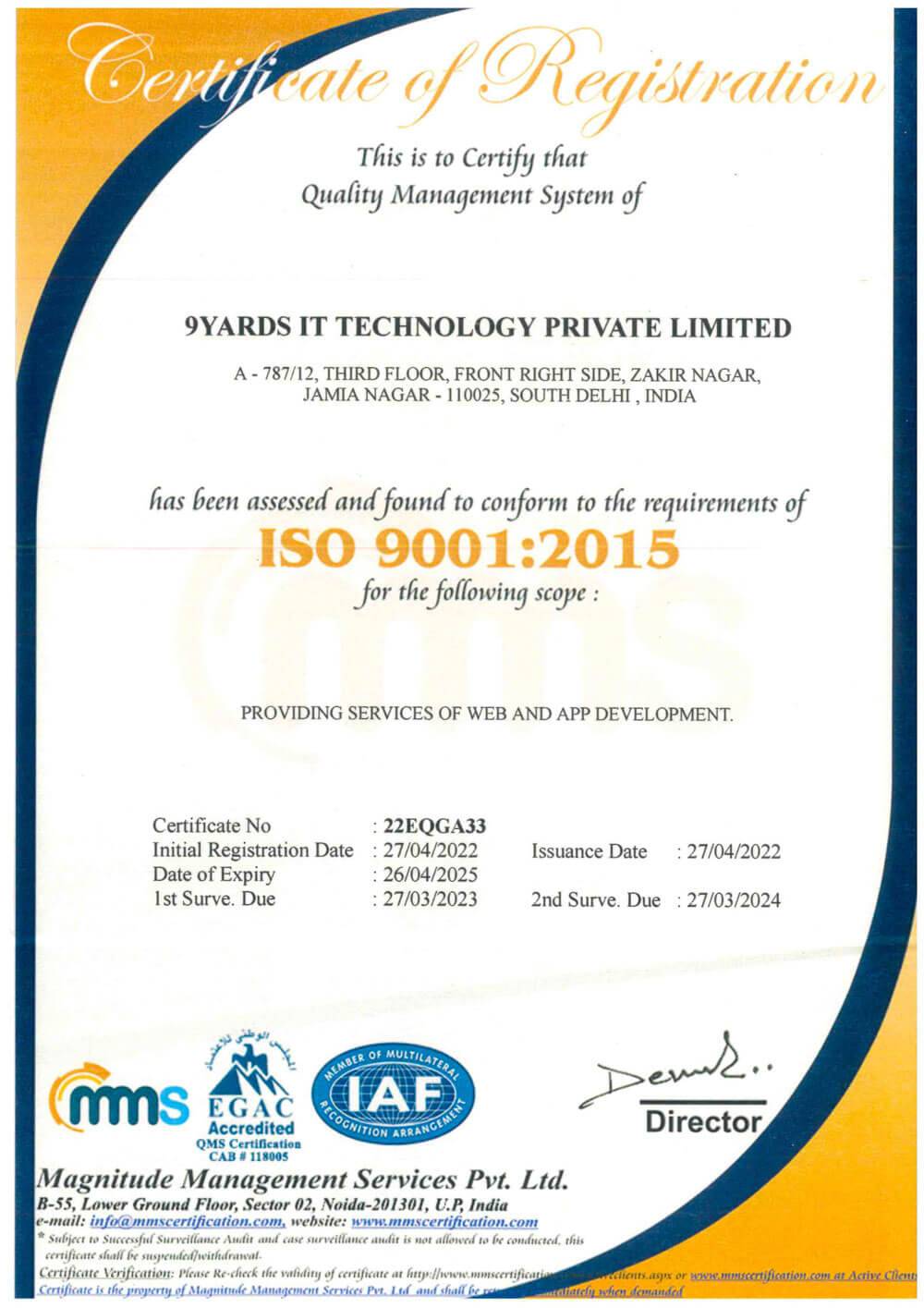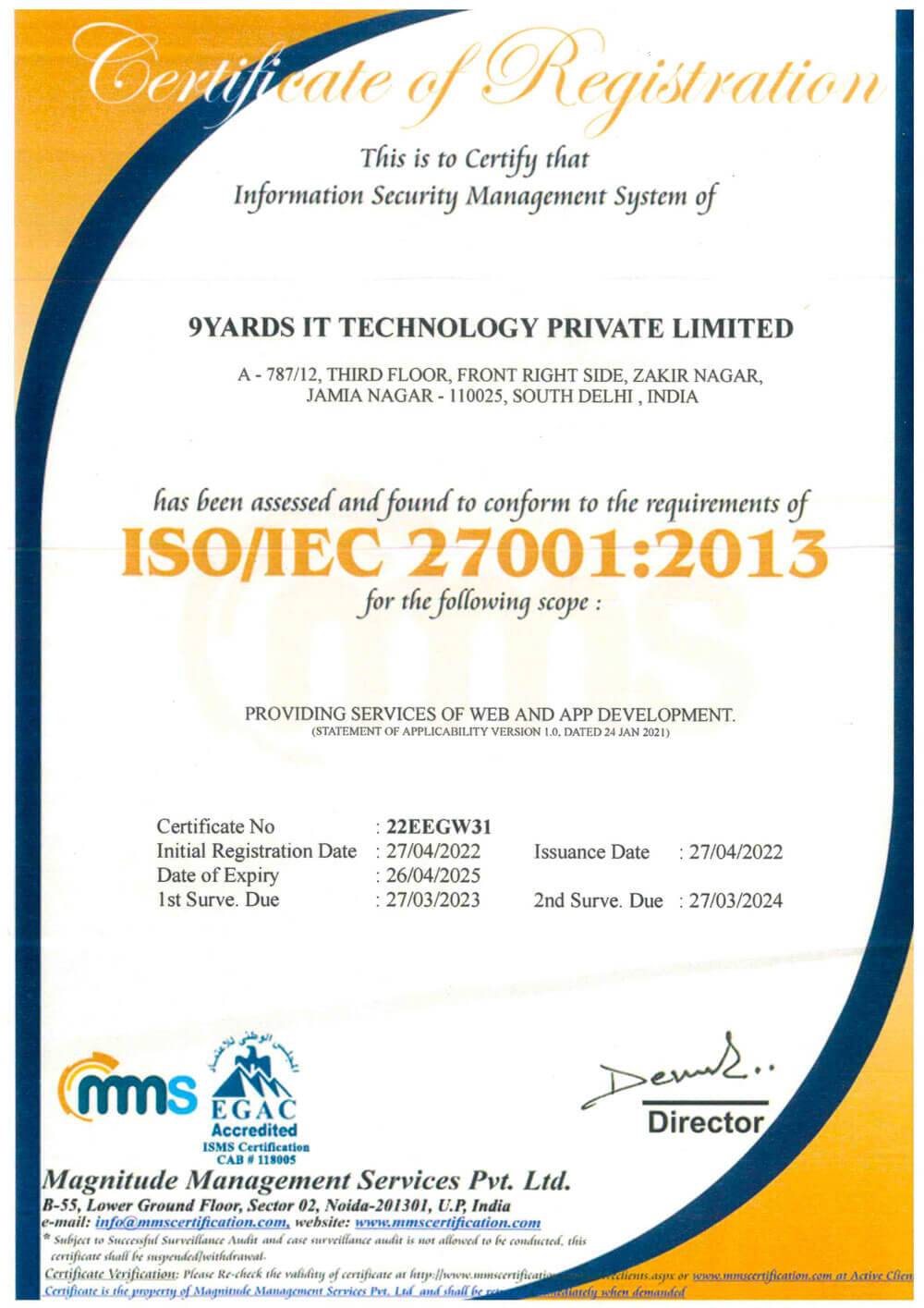For enhancing seamless business operation, robust mobile app testing is a must! The testing process ensures that the platform has an unblemished stability record leading to unmatched business progress.
Software testing is the process of scrutinizing every iota of the product, ensuring no obstacles in your way to exponential business growth.
A software testing company deploys the latest testing tools and procedures to weed out bugs. In this piece, you’ll get to know about every aspect that’ll guarantee an unhindered business success route!
Table of Contents
4 Reasons How Mobile App Testing Translates To Business Expansion!
71% of app uninstallations are due to crashes leading to a bad business reputation. Therefore, implementing a robust testing strategy will lead to significant improvement in the overall experience.
Any business in the digital realm wants its customers to have a phenomenal experience while using its product. This ensures not only retention but also leads to the expansion of a new clientele.
1. Glitch-free Operation
A survey by a US-based testing company revealed that 88% of users abandon app because of bugs. This is worrisome data as the company’s reputation is blemished and the clients, as well as prospects, are lost.
To mitigate this issue, testing software and platforms provide a glitch-free operation leading to customer friendliness.
2. Increases Platform Stability
Software Testing is estimated to grow over 7% CAGR during the period 2021-27. It shows the prudence of businesses in adopting a testing strategy for their platforms in the digital sphere.
Due to rigorous testing services, even if the user unintentionally taps on the wrong option.
3. Better Customer Retention
The graph below shows how 77% of DAUs are lost within the first 3 days after the installation. It cements why testing is crucial for a stable platform!

A robustly built app increases the probability of customer retention rate. It thereby builds a reputation for your business attracting new clientele and opportunities.
4. Smooth Responsiveness
Mobile responsiveness for the success of a business app is quite significant. Different screen sizes of the mobile can be a severe obstacle to your app. Therefore thorough testing is needed.
Robust testing services are the need of the hour if you want the app to run hitch-free. This will lead to a phenomenal user experience resulting in the business turning into a well-recognized brand.
6 Vital Stages Of App Security Testing For Business App!
For an app to be a success, the testing process needs to have a crystal clear road map. The blueprint comprising the stages involved while testing is called the Software Testing Life Cycle (STLC).
The stages mentioned in the STLC are critical to the stability of the app. So, let’s take a brief look below.
1. Gathering The Requirements
If we go by stats, 70% of the failed projects are due to inefficient requirement gathering. For smaller projects, this step is critical to the success of the testing process.
The steps entail accruing information about testing priorities and how to go about them.
2. Implementing Test Planning
This stage outlines what needs to be tested using which resources for optimal results.
Organized planning will lead to a stable product that’ll invigorate the product, ensuring rampant business expansion.
3. Preparing Test Documentation
Before performing a procedure on a project, a tester must have documentation. It should cover testing scope, strategies, procedures, resources, etc.
Having paperwork comprising the essentials of testing gives the tester crystal clear clarity to execute impeccably. The documentation stage ensures that nothing is left to doubt, and the execution goes as smoothly as silk.
4. Setting Up The Environment
It’s one of the critical stages where the environment for the testing procedure is prepared.
An optimal testing environment is chosen after taking into account the details provided in the test documentation.
5. Performing Test Execution
This stage is where all the action takes place finally! An optimal testing environment and tool are chosen following different types of testing procedures.
The vulnerabilities and the bugs are recorded carefully with thorough status documentation.
6. Executing Test Cycle Closure
Here test expectations are matched with test results and the variations are compared. An exhaustive document is prepared listing the entire testing record.
Different Mobile Application Testing Types Supplementing Business Expansion!
The testing comprises a wide array of procedures resulting in achieving a stable product ensuring business success! It becomes essential for you to know what all testing is done to make your product robust yet scalable.
Below are 4 testing types that are performed for stability resulting in a top-notch tailored product.
1. Unit Testing
A product comprises multiple modules that sum up to become an app, website, or software. Testing each module is necessary because it ensures that bugs are detected at a nascent stage.
Unit testing reduces the burden of performing full scrutiny of a product once it’s finally developed.
2. Integration Testing
The testing type involves encapsulating the modules and testing them together. This is done to see whether the modules, as an integrated unit, are performing as expected or not.
Integration testing as a whole identifies the bugs that might be present in the modules and reports them.
3. System Testing
In system testing, a complete check-up of the potentially shippable product is done. It involves complete scrutiny of the product to make sure zero vulnerabilities.
Conducting this testing enhances the stability of the product, which allows the user to operate seamlessly.
4. Regression Testing
There are times in the development of a product when the software might require the need of alterations. In such a case, testing the existing product becomes crucial to see whether the modifications haven’t increased vulnerabilities.
To ensure a 100% bugs kill rate, regression testing is critical for the product’s robustness.
Comparing Manual Testing Vs Automated Testing – Which Is Best For Business App?
Due to a variety of testing procedures, it becomes challenging for a layman to differentiate. However, in this piece, we tend to put everything into clear perspective so that you can make the right call.
Since testing is quite complex for a person not having a technical background, we’ll simplify it for you.

Advantages Of Manual Testing
1. Humans Perform Tests
Manual testing is done by humans who look at every aspect while performing procedures to find bugs. Due to the involvement of the human element, the UI feedback is accurate.
2. Provides Testing Flexibility
Since humans conduct manual testing, the scope for testing isn’t limited. This is the reason why the testing is considered to be robust and the product delivered is stable.
3. Apt For A Fixed Budget
In the case where there is a certain budget allocation for the testing procedure, then manual testing makes sense. Since you don’t have to invest in special tools, the price for the procedure is economical.
4. Suitable For Small Project
If the project is small and has budget constraints, then, in that case, manual testing is apt. It requires less capital for a product to be tested and to find the vulnerabilities in it.
Advantages Of Automated Testing
1. Tools Used For Testing
When it comes to mobile app testing, then automated testing is preferred nowadays. Tools like Selenium, Appium, etc., are used to run tests on a platform to find the loopholes.
2. Significantly Faster
Since automated testing incorporates the use of tools, the procedure is faster when compared to manual testing. This saves crucial time and a stable product can be delivered on time leading to customer satisfaction.
3. Suitable For Variable Project
A project not having financial constraints must go with automated testing. It’ll ensure accurate testing results delivering a stable product.
Need Clarity On Android App Testing Vs iOS App Testing? Check It Out Below!
In the period 2021-25, the software testing industry is expected to grow 12% CAGR. It cements the importance of robust testing and the need to provide stable platforms to the clients.
Knowing the factors involved in iOS and Android testing will give a clear picture of what the procedure entails.
1. Open Or Closed OS
Android is an open-source OS that is used for powering smartphones and is built by Google. The OS enables the users to interact with the smartphone. It makes use of the Linux OS as kernel’s foundation built in C and C++ languages.
On the contrary, iOS is a closed-source OS that uses XNU-kernel built on C and C++.
2. Wide Array Of Devices Or One
Since there are over 3B Android devices worldwide, the deployment takes a longer time. In addition to this, the Android market powers various mobiles, which makes the procedure complicated.
iOS, on the other hand, has over a billion users, which are staggering less than the Android ones. Therefore, mobile device testing and deployment are comparatively faster.
3. Software Upgrades
Software upgrades ensure that the OS has a more stable performance than the previous ones. It’s the responsibility of the manufacturers to roll out the updated version of the OS.
Android OS takes a longer period when it comes to deploying the upgraded version. However, iOS updates are easily available, and they release the upgraded OS versions frequently.
4. Screen Size & Layouts
With 3B+ Android users, the smartphones come in different shapes and sizes. Therefore, testing an app for each layout and size becomes cumbersome for the testing team.
However, when it comes to iOS, the layout and the screen size are generally the same. Therefore testing is much easier.
Hot Trends For Testing Mobile Applications Summarized Below!
With apps having fantastic features, it becomes quite a challenge to conduct testing procedures on them. With every passing day, something new pops up in the development industry, making testing a bit more exhaustive.
With an ever-changing environment, testing too has to keep pace with the industry to provide highly stable platforms. So, let’s look at some trends that could help the tester perform procedures to deliver a top-notch business app.
1. High Time To Automate
Going by the World Quality report 2019, the scarce use of automated testing is an obstruction to the QA. With newer high-performance applications, it becomes vital to reduce the mobile app testing time without compromising the quality.
2. Combined DevOps And Agile
A combined effort to know about one another’s trade can increase the quality of the platform. It means testers acquiring coding skills and developers getting a knack for testing.
This will improve the overall QA coupled with the implementation of automated testing for faster delivery with exceptional quality.
3. Testing Keeping IoT In Mind
With an estimated 1,105M connected wearables number projected for 2022, testing for wearable apps is non-negotiable.

Proper implementation of procedure is a must for IoT-enabled devices for a glitch-free experience.
4. Test Data And Test Management
The clamor for cloud-based testing is growing in the industry due to the increase of SaaS and PaaS platforms.
This is why companies must look at overhauling Test Data Management (TDM) and Test Environment Management (TEM).
5. Implementing AI For Testing
With the incorporation of AI in the testing field, errors will be detected faster. The role of AI isn’t to replace humans, but it enhances the capability of the procedure.
AI can perform repetitive tasks that can be monotonous for humans, thereby eliminating the risk factor.
Wrapping It Up!
In a nutshell, the piece throws light on mobile app testing and its relation to the success of your product. A product offering seamlessness to the operator and the user will retain customers and garner a new audience.
Testing will ensure that the product delivered is glitch-free and provides the utmost customer satisfaction!

9Yards Technology has carved a niche for itself worldwide by arming incubators and Fortune 500 companies with disruptive IT solutions. We’re a force to reckon with for tailored web/mobile app development and rigorous software testing. Our presence knowns no bounds with a diverse clientele in the US, UK, India, etc. We’ve 100+ dedicated techies who have successfully delivered to 250+ clients without a hitch.

















